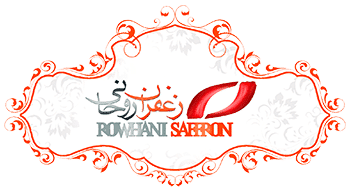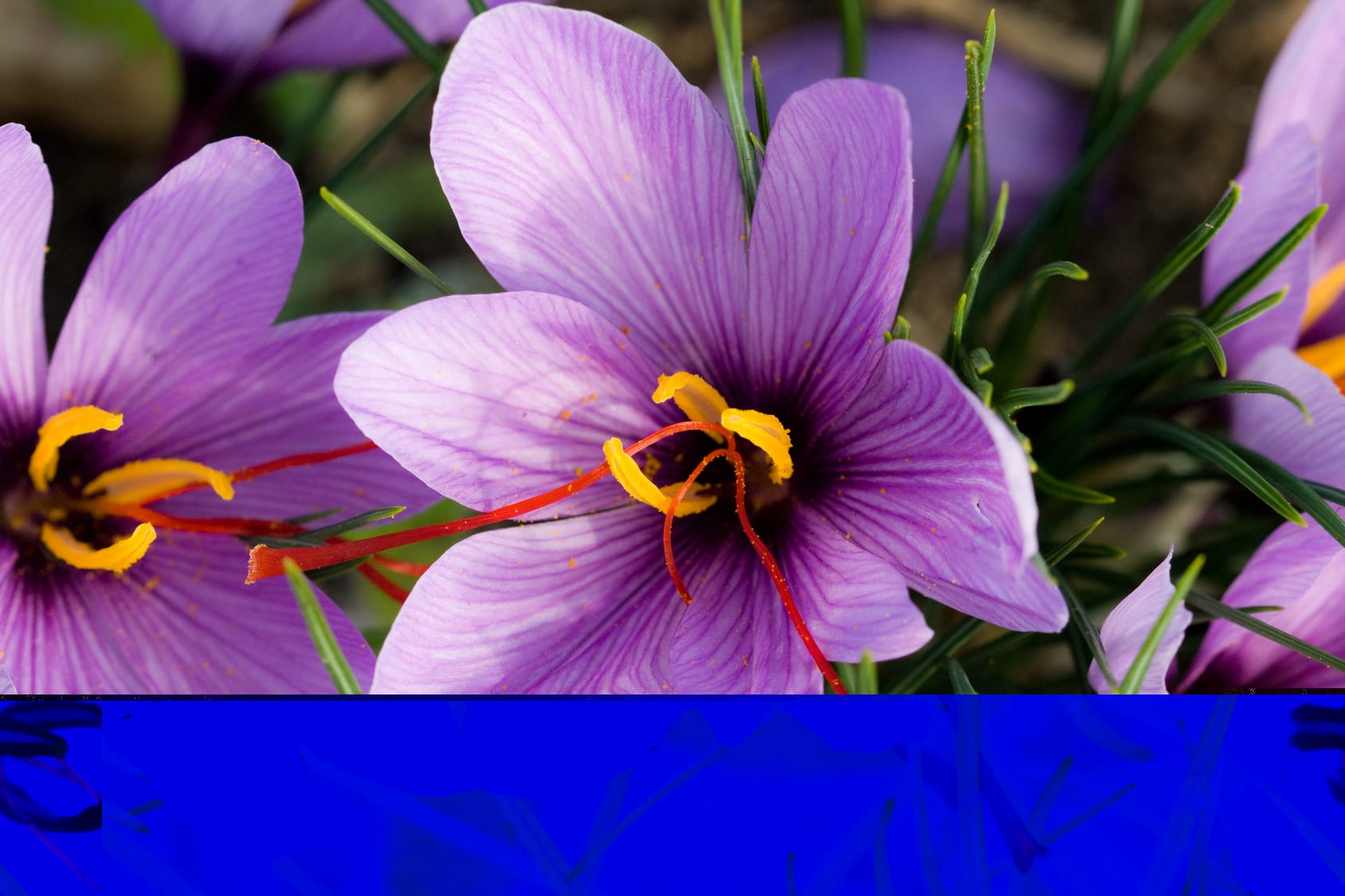Planting saffron in Qazvin province
The saffron is a herb that sows in low-yielding areas and is compatible with areas with mild winters and hot and cold climates such as Boeing County.
Ebrahimi, director of the Jihad-e-Agriculture Organization of Qazvin province, says that the conditions of cultivation of red gold are possible from the southernmost point of the province, the city of Buin Zahra, to the shores of the Shahrud River at the northernmost point.
He said employment creation, a suitable model for alternative crops, low production costs and high value of the rial, is one of the reasons that increased the cultivation area of saffron from several hundred meters in past years to about twenty-nine hectares.
According to him, the low demand for saffron for water is another reason for farmers in Ghazvini to cultivate saffron, and on the other hand, this product needs irrigation when the season of watering other products is over.
The cultivation of saffron in Qazvin province begins in summer and harvesting starts from the end of November, and in the rest of the seasons it is sleeping.
An expert on horticulture and medicinal herbs in Jihad-e-Agriculture of Qazvin Province said: One saffron bulb is up to seven years old, and about two hundred people have to work per hectare of saffron cultivation per day.
Ms. Sami’i adds that the highest amount of saffron cultivation in Qazvin province is Takestan and Boein Zahra, respectively, with thirteen and six and a half hectares.
The director of the gardener of the Jihad-e-Agriculture Organization of Qazvin province says: The yield of saffron production in Qazvin province is on average between three and five kilograms per hectare, which amounts to six to eight million tons of agricultural income.
According to the selling order, Saffron of Qazvin province has a great quality in terms of color, flavor and aroma, and equals the production of Khorasan saffron.
He added that at the present time saffron bulbs are also produced in Qazvin province, and even some other provinces supply onions with this province.
Mrs. Gurysi, a vineyard farmer who is leading the cultivation of saffron in Qazvin province, said: “Due to the low water content of the area, I tried to replace the crop with low yielding water, so I turned to saffron cultivation.
He says: this year, with the help of God, I took fourteen pounds of saffron from three hectares of my agricultural land.
Mohsen Bayati, one of the farmers in Bouyin Zahra, said: “Given the climate of the region and the need for reforming the cultivation pattern, if there is good information on the benefits of saffron cultivation, especially its low water content, many farmers will plant this product.” Brought up
He states that the most important problem is the sale of the product: because of the lack of proper packaging, the province produces saffron to Mashhad and then it is exported to other areas with the province’s brand.
The chairman of the Jihad-e-Agriculture Organization of Qazvin province announced the support of farmers for the cultivation of saffron cultivation from the plans of the organization, and says that training courses will be organized in different parts of the province, in which farmers will become familiar with the process and benefits of the product.
Activities in the field of medicinal plants, especially saffron, are both income-generating and employment, and if farmers are well versed in their benefits, they will certainly welcome.
source: yjc /ir







Get Social